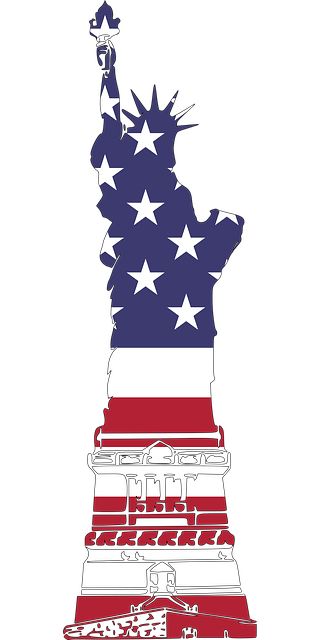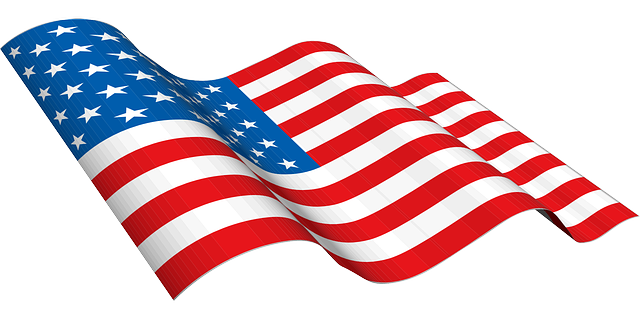The Tea-Stained American Flag is a crucial element in Revolutionary War reenactments, serving as an authentic representation of America's early history. These flags are carefully crafted to resemble their 18th-century counterparts, with each stained iteration telling the story of the Boston Tea Party and the defiance it represented. The aging process involves natural tea stains that provide a genuine aged appearance, aligning with historical accuracy and enhancing the educational experience for participants and spectators. The flags are more than symbols; they are tangible links to America's revolutionary heritage, offering insight into the values and collective effort of the founding era. The dedication of reenactors in recreating these flags ensures a profound sense of immersion in historical events, allowing contemporary audiences to honor and remember the sacrifices that shaped America's story. The art of crafting these Tea-Stained American Flags is both an artistic and meticulous process, involving the use of authentic materials and techniques to achieve a realistic aged effect that underscores the significance of this iconic symbol in American history.
Embark on a journey through time with the intricate artistry of a tea-stained American flag, a pivotal element in bringing historical reenactments to life. This article delves into the meticulous craftsmanship and aging processes that breathe authenticity into these flags, ensuring they capture the essence of past struggles and victories. From the intricate details of creating such a flag to its role in enhancing immersive experiences during events like battlefield reenactments and bicentennial celebrations, discover how these artifacts enrich our understanding of America’s storied history.
- Reviving Revolutionary Spirits: The Role of a Tea-Stained American Flag in Historical Reenactments
- Crafting Authenticity: The Process and Significance of Aging a Flag for Reenactment Purposes
- From Battlefields to Bicentennials: How Accurate Flags Enhance the Immersive Experience in Historical Reenactments
- The Artistry Behind the Stain: Techniques and Materials Used to Create a Tea-Stained American Flag for Authenticity
Reviving Revolutionary Spirits: The Role of a Tea-Stained American Flag in Historical Reenactments

The Tea-Stained American Flag holds a unique place in the narrative of American history, particularly during Revolutionary War reenactments. These flags, often replicas of the early American flags used during the 18th century, serve as tangible artifacts that bring the past to life. They are steeped in symbolism and historical significance, representing the struggles and triumphs of a nation’s fight for independence. In historical reenactments, these flags become more than mere props; they are the embodiment of the revolutionary spirit that propelled American forebears towards a new future. Participants draped in colonial attire parade with these Tea-Stained American Flags, their every step and movement imbuing the event with authenticity and solemnity. The stains on the flag, reminiscent of the Boston Tea Party where colonists protested British policies by dumping tea into the harbor, serve as a visual testament to the defiance and resilience that defined that era. These reenactments not only educate but also foster a deeper connection with history, allowing modern audiences to witness and feel the intensity of pivotal moments in American history through the lens of those who lived it. The Tea-Stained American Flag thus becomes an integral part of preserving and reliving America’s revolutionary heritage.
The authenticity of a Tea-Stained American Flag in historical reenactments cannot be overstated. It is this specific artifact that captures the essence of the period, providing an immersive experience for participants and spectators alike. The flags are often carefully crafted by historians and artisans who ensure accuracy in both design and material, ensuring that each reenactment carries the spirit of the original event. This attention to detail allows individuals from all walks of life to step back in time and engage with history on a more personal level. The Tea-Stained American Flag stands as a powerful symbol during these reenactments, reminding us of the collective effort and shared values that forged a nation’s identity. It is through these vivid recreations of the past that we can appreciate the sacrifices made by our forebears and understand the foundational moments that have shaped America’s story.
Crafting Authenticity: The Process and Significance of Aging a Flag for Reenactment Purposes

Crafting authenticity in historical reenactments often hinges on meticulous attention to detail, a critical aspect being the aging process of props to reflect their era accurately. Among these props, a Tea Stained American Flag stands out as a symbol of pivotal moments in U.S. history. The process of aging a flag for reenactment purposes involves careful application of stains and finishes to mimic wear and tear that would naturally occur over time. A common technique used to achieve the tea-stained look is immersing the fabric in a concoction of tea, salt, and vinegar, which can yield a natural, aged appearance reminiscent of the original flag that flew during the American Revolution. This method not only adds a patina of age but also infuses the material with an authentic texture and color gradation that is both visually appealing and historically accurate.
The significance of such efforts cannot be overstated; they immensely enhance the educational value and realism of historical reenactments. An aged Tea Stained American Flag, when used in these settings, transports participants and spectators alike to the time and place being depicted. It serves as a tangible connection to the past, fostering a deeper appreciation for the events and the context in which they occurred. The result is an immersive experience that honors history, educates viewers, and invites a more profound engagement with the subject matter, making every effort to achieve authenticity all the more impactful.
From Battlefields to Bicentennials: How Accurate Flags Enhance the Immersive Experience in Historical Reenactments

When participants step onto a historical battlefield or organize a bicentennial celebration, the use of authentic period-specific items is paramount to creating an immersive and educational experience. Among these items, the Tea Stained American Flag stands out as a critical element that transports spectators and reenactors back in time. These flags, accurately depicting the 13 original stars and stripes stained with tea for aging authenticity, serve not just as symbols but as tangible links to our nation’s past. The precise reproduction of such artifacts is crucial for maintaining historical integrity, ensuring that each fluttering banner is a testament to the era it represents. This attention to detail in the flags used during reenactments allows participants to fully embody their historical personas and enhances the audience’s perception of the event as an authentic representation of history. The sight of these Tea Stained American Flags waving amidst the reenactors, dressed in period-correct attire and engaging in historically accurate activities, creates a vivid tableau that captivates the senses and fosters an unparalleled sense of connection with the past. This immersion is essential for educating the public on historical events and their significance in shaping modern society, making the Tea Stained American Flag an indispensable component in bringing history to life.
The Artistry Behind the Stain: Techniques and Materials Used to Create a Tea-Stained American Flag for Authenticity

Crafting a tea-stained American flag for historical reenactments is an intricate process that marries artistry with historical accuracy to evoke a sense of authenticity. The patina of tea stains serves as a significant visual cue, transporting viewers back in time to the periods when such flags might have been in use. Artisans employ a blend of traditional and contemporary techniques to achieve this effect. One method involves brewing black tea until it reaches a concentrated strength, then carefully applying this solution to the flag’s fabric. The type of tea used can influence the final appearance, with some favoring a strong Assam or Ceylon tea for its deep brown hues. The absorption and reaction of the cotton or linen fibers with the tannins in the tea create a nuanced range of browns and tans that are indicative of natural aging.
The choice of materials is also critical in the creation process. A genuine wool bunting, similar to what would have been used historically, provides the necessary texture and durability. The flag’s design elements, such as stars and stripes, are painstakingly hand-painted or block-printed before the tea application to ensure precision and historical fidelity. The flag is then left to dry and age naturally, allowing the tea to seep into the fibers and achieve a subtle, aged look that resembles the genuine articles from the 18th and 19th centuries. This aging process can take weeks, with the flag being turned regularly to ensure an even stain. The end result is a tea-stained American flag that not only serves as a prop for historical reenactments but also stands as a testament to the artistry involved in achieving period authenticity.
